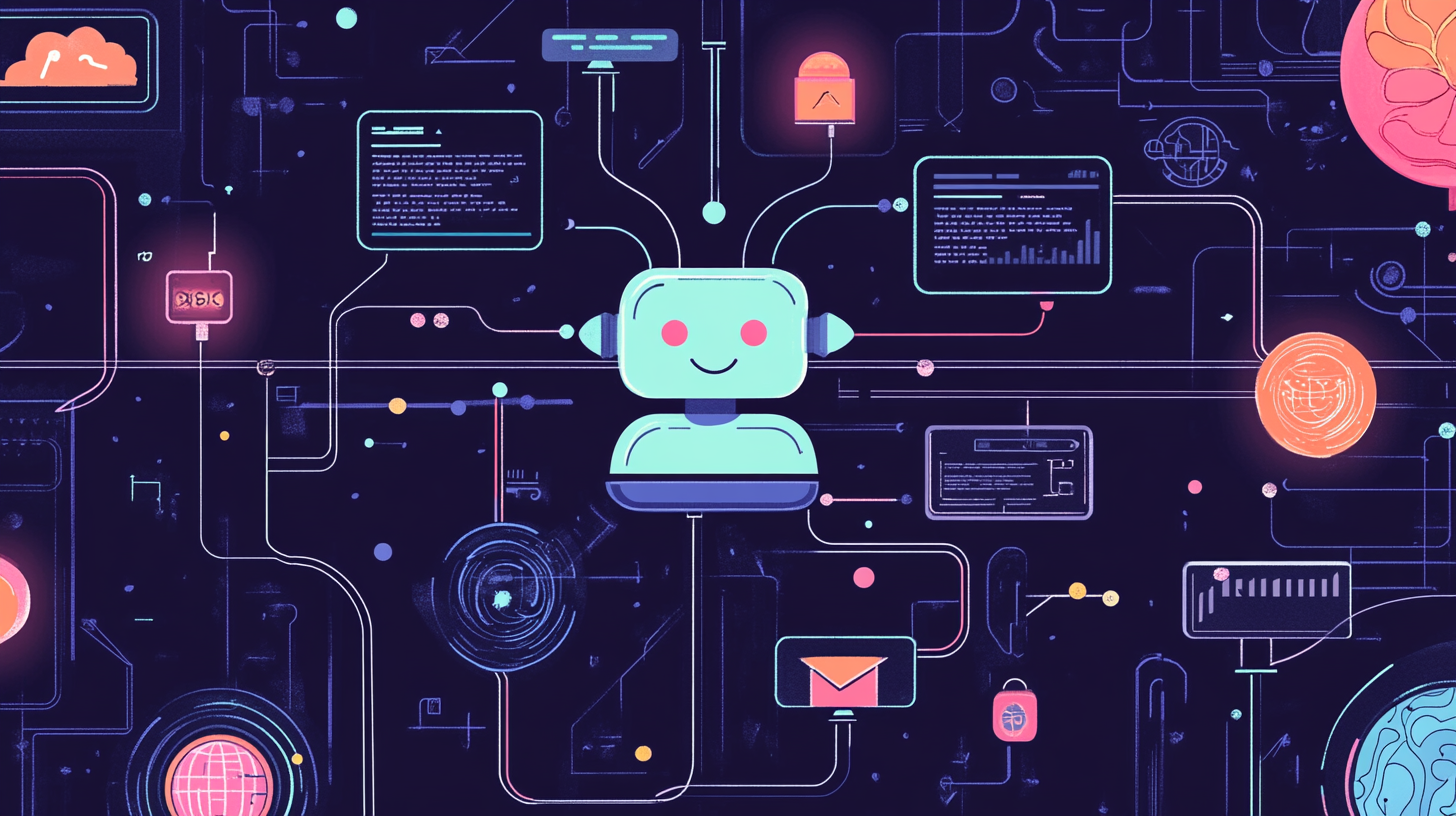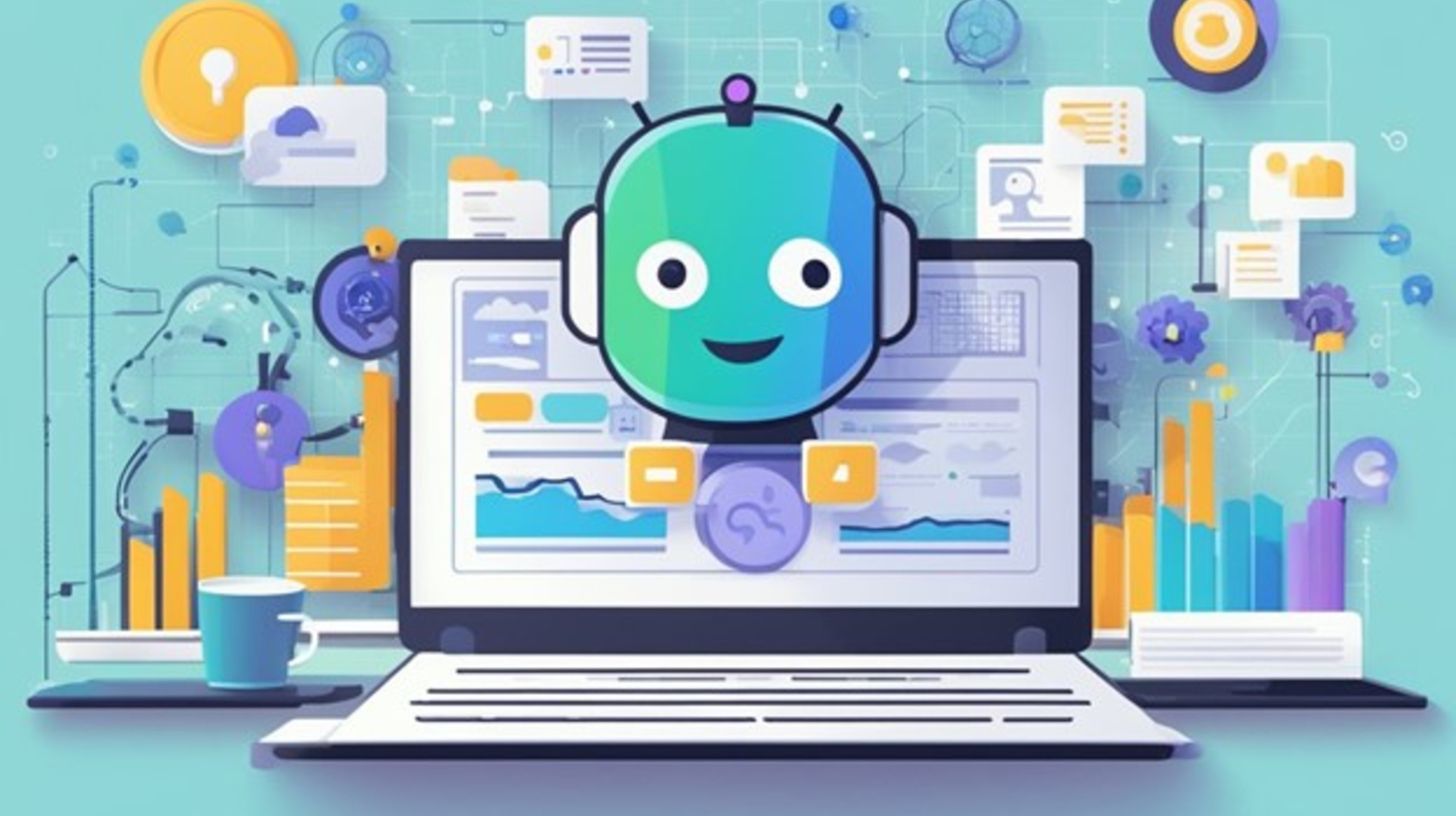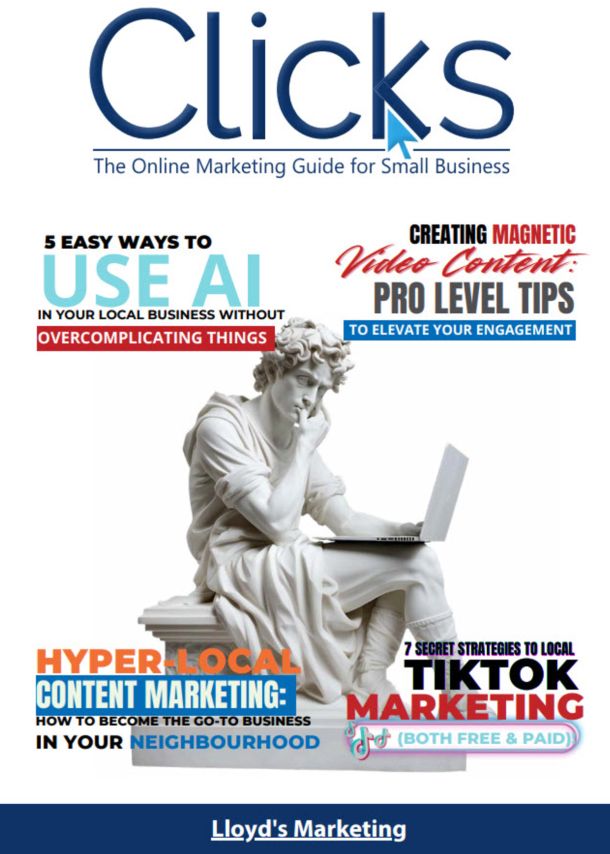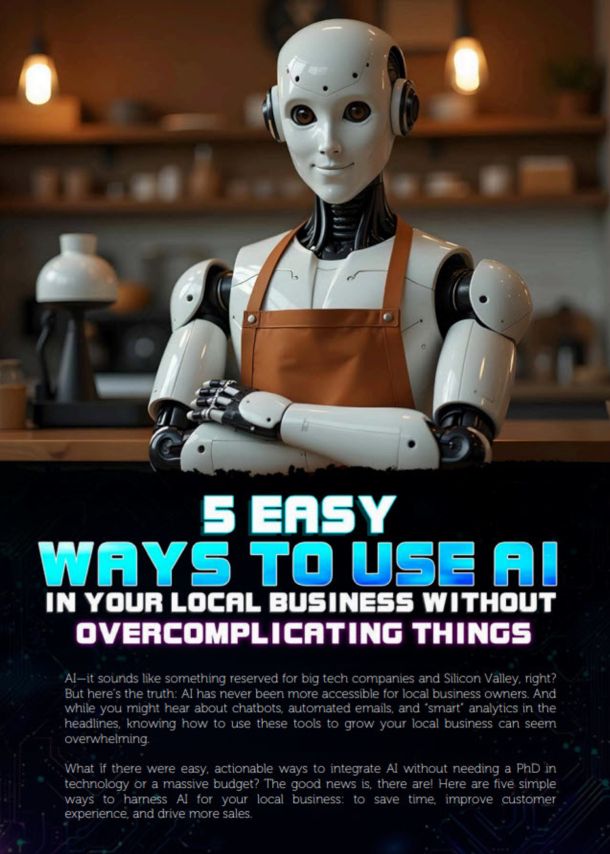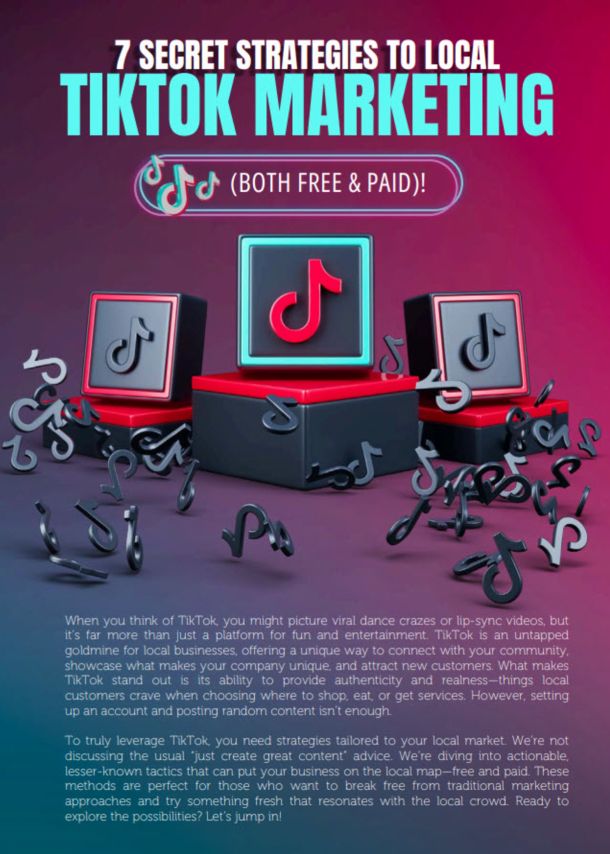Chatbot marketing doesn’t have to be complicated or expensive. Let’s dive into how small business chatbots can revolutionise your business without breaking the bank!
Table of Contents
Introduction
Have you ever wondered how some small businesses offer instant customer support at any hour without hiring an army of staff? Spoiler alert: it’s not because their team never sleeps! The secret weapon here is small business chatbots.
In today’s digital landscape, staying ahead means embracing innovative tools that enhance customer engagement, streamline operations, and boost sales. And guess what? You don’t need to be a tech giant or have a hefty budget to get in on the action. With the right guidance (that’s where we come in!), you can harness the power of small business chatbots to transform your business.
By the end of this post, you’ll have a solid grasp of small business chatbot marketing basics and how to start using them in your business immediately. So, grab a cuppa, and let’s get started!
Defining Small Business Chatbots
What Is a Small Business Chatbot?
Think of a small business chatbot as your virtual assistant who never takes a day off. It’s an artificial intelligence program designed to simulate conversations with humans through text or voice interactions. Using natural language processing (NLP) and machine learning algorithms, these chatbots understand and respond to user queries in a way that’s (almost) like talking to a real person.
Whether on your website, Facebook Messenger, or even WhatsApp, small business chatbots can be wherever your customers are. They offer a wallet-friendly way to provide 24/7 customer support, boost engagement, and even drive up sales—without needing to clone yourself!
Evolution of Chatbots in Small Businesses
From the simple chatbots of the 1960s that could only respond to specific commands (like that friend who only replies with emojis), we now have small business chatbots that can hold conversations almost like humans. It’s like moving from black-and-white TV to ultra-high-definition streaming!
Today, small businesses like yours are using chatbots to automate tasks such as lead generation, customer support, and sales. With advancements in NLP and machine learning, small business chatbots have become smarter, more intuitive, and incredibly valuable for businesses looking to improve customer engagement and efficiency.
Benefits of Small Business Chatbots
Enhancing Customer Service
Imagine having a friendly assistant who greets your customers, answers their questions promptly, and never needs a coffee break. Small business chatbots can respond instantly to customer enquiries anytime, improving customer satisfaction and freeing up your time to focus on other aspects of your business.
For example, The Coffee Hub, a quaint café in Manchester, implemented a small business chatbot on its website and Facebook page. Customers can now quickly find out today’s specials and opening hours or even place an order—all without waiting for a staff member to respond. The result? Happier customers and a smoother operation.
Streamlining Sales Processes
Small business chatbots can do more than just chat—they can sell! Chatbots can gently nudge customers towards purchasing by providing personalised product recommendations based on browsing history and purchase behaviour.
Take Marks & Spencer, a well-known UK retailer. They’ve incorporated chatbots to assist customers in finding the perfect outfit or gift, offering suggestions based on customer preferences. This personalised approach has helped streamline their sales and enhance the shopping experience.
Automating Marketing Efforts
Marketing can be time-consuming, but small business chatbots can lend a hand (or a virtual one, at least). They can send promotional messages and updates and even collect customer feedback.
For instance, a chatbot can inform your customers about an upcoming sale or a new product launch. By engaging customers directly, you’re more likely to capture their interest and encourage them to take action.
Key Components of Small Business Chatbot Marketing
Natural Language Processing
Natural language processing (NLP) is at the heart of a chatbot’s ability to understand and respond to users. NLP allows small business chatbots to comprehend human language in a meaningful way. So when a customer asks, “Got any vegan options?” the chatbot knows they’re looking for vegan-friendly products or services.
Machine Learning
Machine Learning enables small business chatbots to learn from each interaction. Over time, they become better at predicting customer needs and providing accurate responses. It’s like having a team member who gets smarter every day!
User Interaction Design
A chatbot is only as good as the experience it provides. User Interaction Design focuses on creating intuitive and engaging conversations. This involves crafting a chatbot persona that reflects your brand, designing conversation flows that feel natural, and ensuring the chatbot can handle unexpected inputs gracefully.
Setting Up Your Small Business Chatbot
Choosing the Right Platform
Setting up your small business chatbot might sound techy, but with user-friendly platforms available, it’s easier than you think! Platforms like Chatfuel and ManyChat offer intuitive interfaces that don’t require coding skills.
Consider what you need:
- Budget: Many platforms offer free basic plans.
- Features: Do you need integrations with Facebook Messenger, your website, or other tools?
- Ease of Use: Look for platforms with drag-and-drop builders if you’re not tech-savvy.
Developing a Conversational Strategy
Think about how your small business chatbot will interact with customers:
- Tone of Voice: Should it be formal, friendly, or quirky?
- Conversation Flow: Map out common customer queries and how the chatbot should respond.
- Personality: Give your chatbot a name and a persona that aligns with your brand.
Integrating with Business Systems
For a seamless experience, integrate your small business chatbot with existing systems like your CRM or email marketing tools. This ensures your chatbot can provide personalised responses and collect valuable data.
Best Practices in Small Business Chatbot Marketing
Maintaining a Human Touch
Even though it’s an AI, your small business chatbot should feel approachable. Use natural language, incorporate humour if appropriate, and ensure it understands everyday slang or phrases your customers might use.
Ensuring Continuous Improvement
Regularly review your chatbot’s performance:
- Analytics: Monitor metrics like user engagement and satisfaction.
- Feedback: Encourage users to rate their experience.
- Updates: Refine responses and add new information as needed.
Measuring Success and ROI
Set clear goals:
- Customer Satisfaction: Are customers happy with the interactions?
- Sales Conversion: Has the small business chatbot contributed to increased sales?
- Cost Savings: Has it reduced the workload on your customer service team?
Common Challenges and Solutions
Dealing with Misunderstandings
Are you worried your small business chatbot might misinterpret a customer’s question? You’re not alone. Misunderstandings can happen, but you can mitigate this by:
- Testing: Run your chatbot through various scenarios.
- Fallback Responses: Program polite responses for when the chatbot doesn’t understand and offer options to rephrase or contact human support.
Managing User Expectations
Be transparent about what your small business chatbot can and cannot do. Let users know they’re interacting with a chatbot and provide options to reach a human if needed.
Ensuring Data Privacy
With regulations like GDPR, data privacy is crucial:
- Compliance: Ensure your chatbot complies with all relevant data protection laws.
- Transparency: Inform users about how their data is used.
- Security: Use secure platforms to protect user information.
Future Trends in Small Business Chatbot Marketing
Advancements in AI Technologies
The future is bright for small business chatbots—think even more human-like interactions and smarter responses. As AI technology advances, chatbots will become increasingly adept at understanding context and emotions.
Personalisation and Predictive Analytics
Imagine a small business chatbot that not only answers questions but anticipates them! With predictive analytics, chatbots will offer more personalised experiences, boosting customer satisfaction and loyalty.
Chatbot Ethics and Regulations
As chatbots become more integrated into daily life, ethical considerations are paramount. Businesses must ensure their small business chatbots are fair and unbiased and respect user privacy.
Conclusion
Embracing small business chatbot marketing doesn’t have to be daunting or costly. With accessible technology and a bit of creativity, you can offer exceptional customer experiences that set your business apart.
So why not take the plunge? Start exploring how a small business chatbot can benefit your business today. After all, your virtual assistant is waiting in the wings, ready to help you shine!
AI Prompts
- ChatGPT, help me understand the key benefits of AI chatbot marketing for small to medium-sized businesses.
- ChatGPT, explain how AI chatbots can improve customer service and engagement for a retail business.
- ChatGPT, provide examples of successful AI chatbot implementations in the service industry.
- ChatGPT, outline the fundamental technologies behind AI chatbots and how they learn from interactions.
- ChatGPT, discuss the potential challenges and pitfalls business owners should consider when using AI chatbots.
Don’t Miss Out on Our 30-Part AI Chatbot Marketing Series!
Dive deeper into the world of AI chatbot marketing with our comprehensive 30-post series. Curious about what’s next? Visit our Pillar Post to explore all topics and stay ahead of the curve!
Ready to revolutionise your business with AI chatbots? Subscribe to Clicks, our monthly online marketing guide for small businesses. Each issue is packed with practical tips, industry insights, and strategies to help you navigate the digital marketing landscape effectively.
Don’t miss out on our upcoming blog posts and the wealth of information in Clicks. Subscribe now and stay ahead in the ever-evolving world of online marketing.


